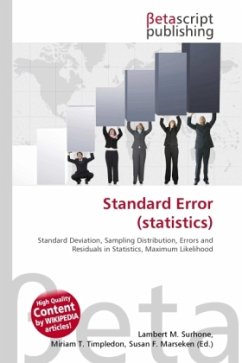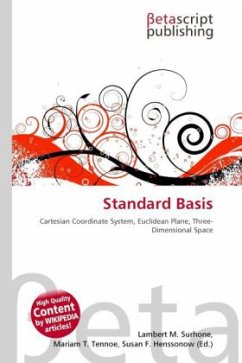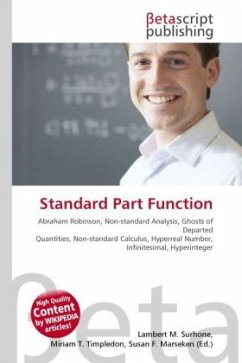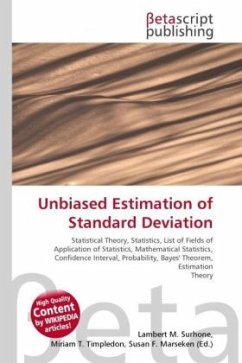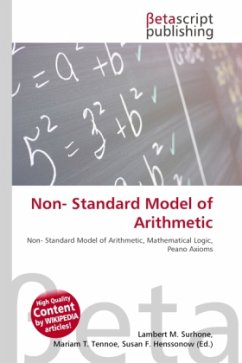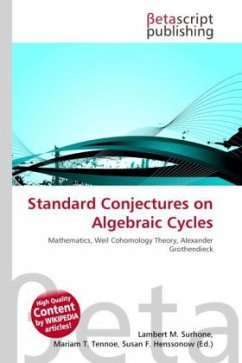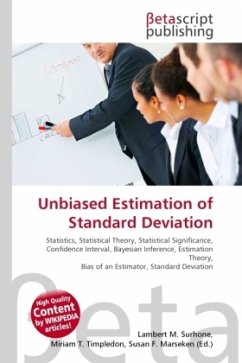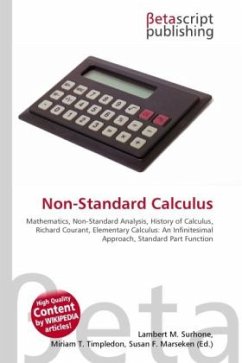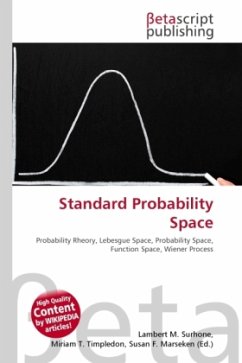
Non-Standard Analysis
Versandkostenfrei!
Versandfertig in 6-10 Tagen
23,99 €
inkl. MwSt.

PAYBACK Punkte
12 °P sammeln!
High Quality Content by WIKIPEDIA articles! Non-standard analysis is a branch of mathematics that formulates analysis using a rigorous notion of an infinitesimal number. Non-standard analysis was introduced in the early 1960s by the mathematician Abraham Robinson. He wrote: the idea of infinitely small or infinitesimal quantities seems to appeal naturally to our intuition. At any rate, the use of infinitesimals was widespread during the formative stages of the Differential and Integral Calculus. As for the objection that the distance between two distinct real numbers cannot be infinitely small...
High Quality Content by WIKIPEDIA articles! Non-standard analysis is a branch of mathematics that formulates analysis using a rigorous notion of an infinitesimal number. Non-standard analysis was introduced in the early 1960s by the mathematician Abraham Robinson. He wrote: the idea of infinitely small or infinitesimal quantities seems to appeal naturally to our intuition. At any rate, the use of infinitesimals was widespread during the formative stages of the Differential and Integral Calculus. As for the objection that the distance between two distinct real numbers cannot be infinitely small, G. W. Leibniz argued that the theory of infinitesimals implies the introduction of ideal numbers which might be infinitely small or infinitely large compared with the real numbers but which were to possess the same properties as the latter. However, neither he nor his disciples and successors were able to give a rational development leading up to a system of this sort. As a result, the theory of infinitesimals gradually fell into disrepute and was replaced eventually by the classical theory of limits.



